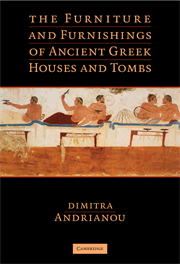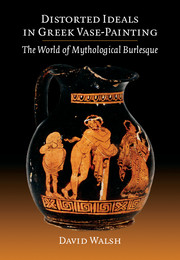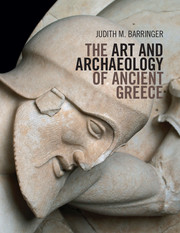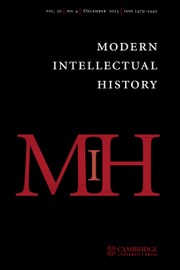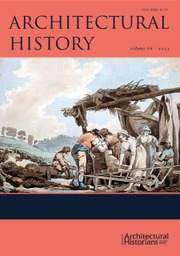Perspective in the Visual Culture of Classical Antiquity
Linear perspective is a science that represents objects in space upon a plane, projecting them from a point of view. This concept was known in classical antiquity. In this book, Rocco Sinisgalli investigates theories of linear perspective in the classical era. Departing from the received understanding of perspective in the ancient world, he argues that ancient theories of perspective were primarily based on the study of objects in mirrors, rather than the study of optics and the workings of the human eye. In support of this argument, Sinisgalli analyzes, and offers new insights into, some of the key classical texts on this topic, including Euclid's De speculis, Lucretius' De rerum natura, Vitruvius' De architectura and Ptolemy's De opticis. Key concepts throughout the book are clarified and enhanced by detailed illustrations.
- Provides accurate translations from the Latin into English of passages from De Rerum Natura (Lucretius), De Architectura Libri Decem (Vitruvius) and Sermo Tertius De Opticis (Ptolemy), and a reconstruction of the Room of Masks (Palatine Hill, Rome)
- Rooms analyzed include the Villa of Mysteries, the Cubiculum of the Double Alcove (Pompeii), the Hall of the Peacocks (Oplontis) and the alcove from the Villa of Boscoreale (Metropolitan Museum, New York)
- Includes many illustrations to explain the most important passages of the book
Product details
September 2012Adobe eBook Reader
9781139558723
0 pages
0kg
106 b/w illus.
This ISBN is for an eBook version which is distributed on our behalf by a third party.
Table of Contents
- Introduction
- 1. The ancients and mirrors
- 2. Lucretius
- 3. Vitruvius
- 4. Perspective at the center of power
- 5. Perspective in the area of Vesuvius
- 6. Ptolemy.


